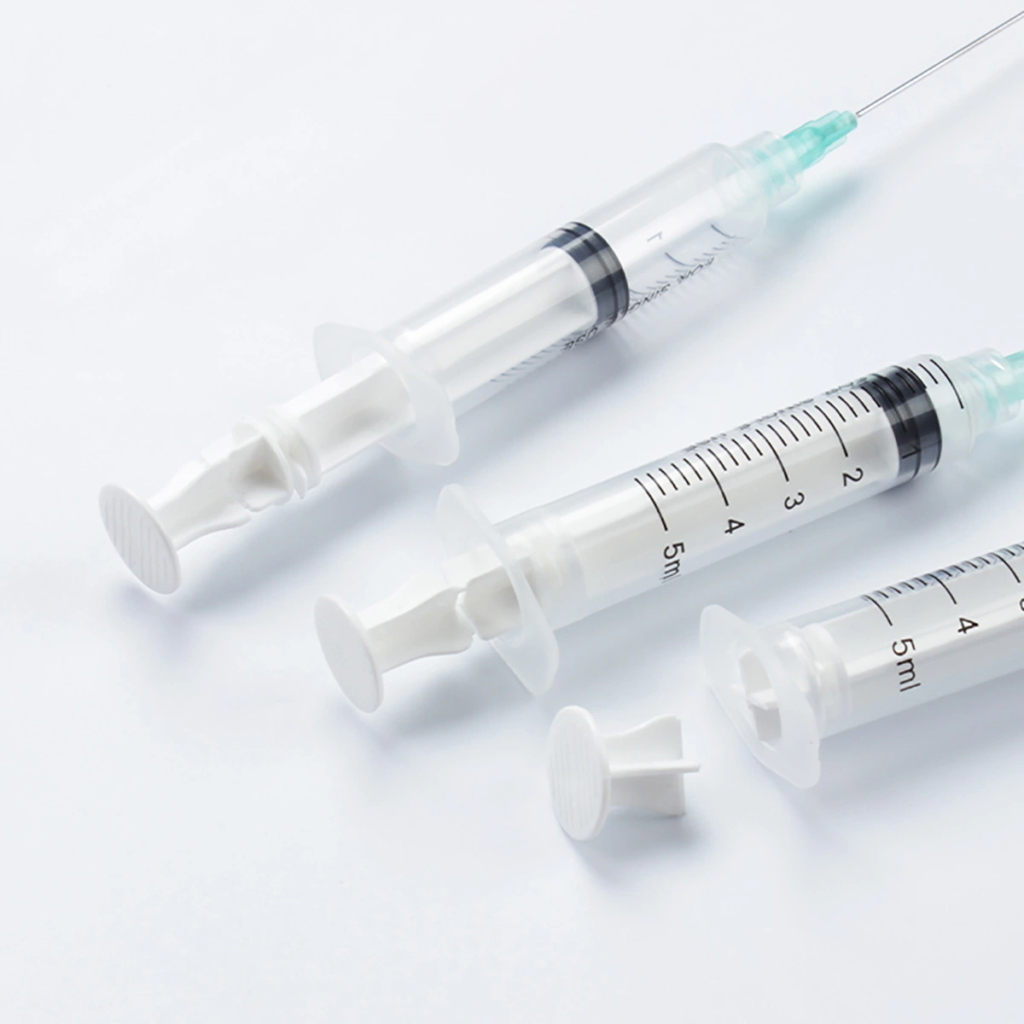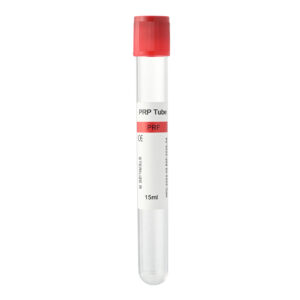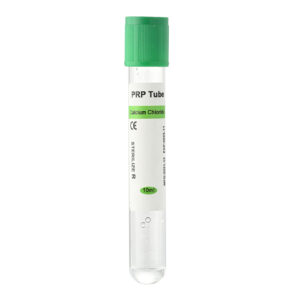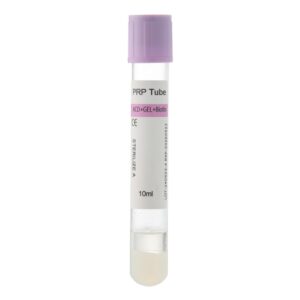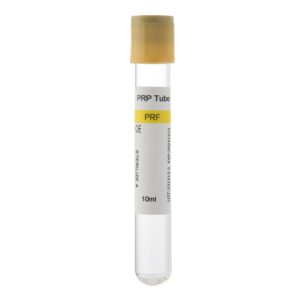In the medical field, designing connectors for medical consumables is crucial for ensuring safety and ease of use. The two most common connections between syringes and needles are Luer Slip and Luer Lock. Understanding their differences and appropriate applications helps medical professionals make optimal choices in practice while also ensuring patients receive safer and more effective care.
What is a Luer Slip Connector?
A Luer Slip connector is a slip-fit connection where the syringe and needle are connected by simply sliding them together. To use a Luer Slip, you align the syringe with the needle and push them gently to complete the connection. This type of connector offers quick and convenient assembly, making it particularly suitable for scenarios requiring frequent assembly and disassembly, such as routine injections and low-pressure fluid administration.
However, the connection strength of a Luer Slip is relatively weak, which limits its suitable applications. During use, if not handled carefully, the connection between the syringe and needle may become loose or even detach, leading to leakage of medication or the entry of air. These risks make Luer Slip unsuitable for high-pressure fluid administration or procedures requiring high levels of safety. Therefore, Luer Slip is more appropriate for low-risk operations that do not require high-pressure fluid delivery.
What is a Luer Lock Connector?
A Luer Lock connector, on the other hand, is a type of threaded locking connection. Healthcare providers secure the syringe and needle by twisting them, creating a stable connection that prevents detachment during use. Luer Lock’s high stability makes it widely used in medical settings where safety and precision are critical, such as in high-pressure infusions, intravenous injections, and precise drug delivery.
The advantage of Luer Lock lies in its strong connection, ensuring that pressure fluctuations during the injection process do not cause the connection to loosen or detach. This greatly reduces the risk of medication waste and infection due to unstable connections. Particularly in intravenous injections and high-pressure drug administration, using a Luer Lock connector significantly enhances the safety and effectiveness of the procedure, making it the preferred choice for operations requiring high safety standards.
Comparison Between Luer Slip and Luer Lock
Healthcare providers prefer Luer Slip connectors for situations requiring quick needle changes, as their design allows for fast assembly and disassembly. These connectors are generally used for routine injections and low-pressure operations. On the other hand, Luer Lock connectors provide a more stable and secure connection due to their threaded locking mechanism, making them ideal for high-pressure infusions, precision injections, and critical medical procedures where safety is paramount.
How to Choose the Right Connector?
Choosing the appropriate connector type depends on the specific needs of the medical procedure. For routine injections or situations that do not involve high-pressure fluid administration, a Luer Slip connector is sufficient, offering simplicity and speed in operation. However, for procedures requiring high precision and safety, such as intravenous infusions or high-pressure drug delivery, a Luer Lock connector is ideal, as its secure connection effectively prevents the risks associated with loose connections during use.
For hospitals and clinics, selecting different connectors for medical consumables requires considering the specific demands of various clinical scenarios. While ensuring patient safety, improving the efficiency of medical operations is also important. Therefore, understanding the features and applications of Luer Slip and Luer Lock connectors is essential for the proper selection of medical consumables.
Conclusion
Luer Slip and Luer Lock are the two most widely used connectors in medical consumables, each with distinct advantages and suitable applications. By thoroughly understanding their differences and specific uses, medical professionals can choose the most appropriate connector based on clinical needs, ensuring the safety and effectiveness of procedures. Proper selection of connectors helps improve operational efficiency and maximizes patient safety, contributing significantly to the quality of healthcare services.

